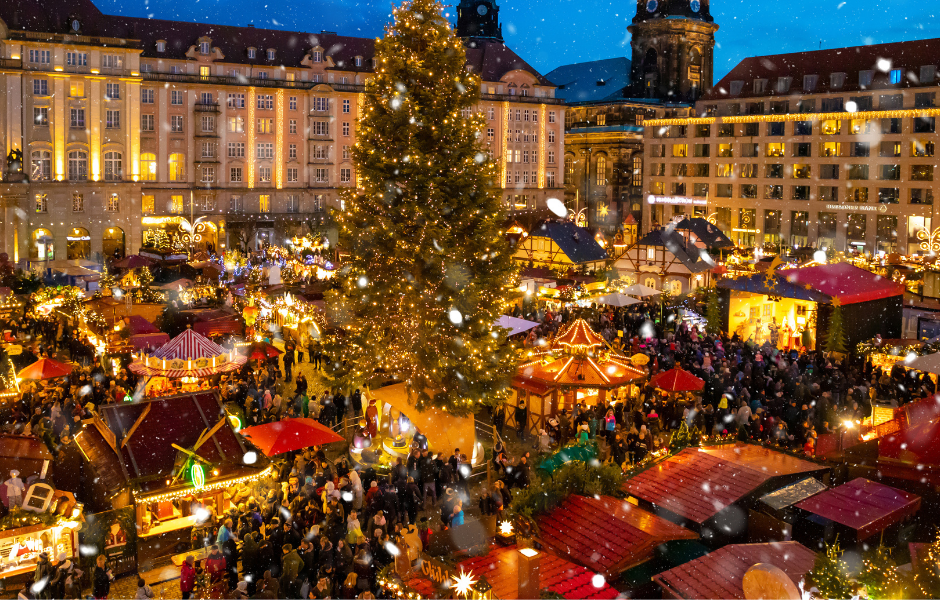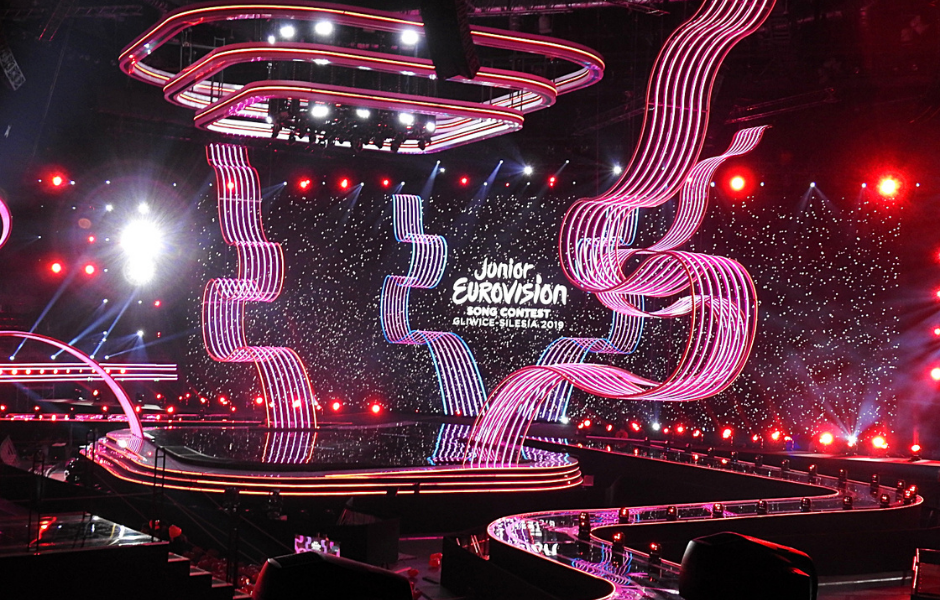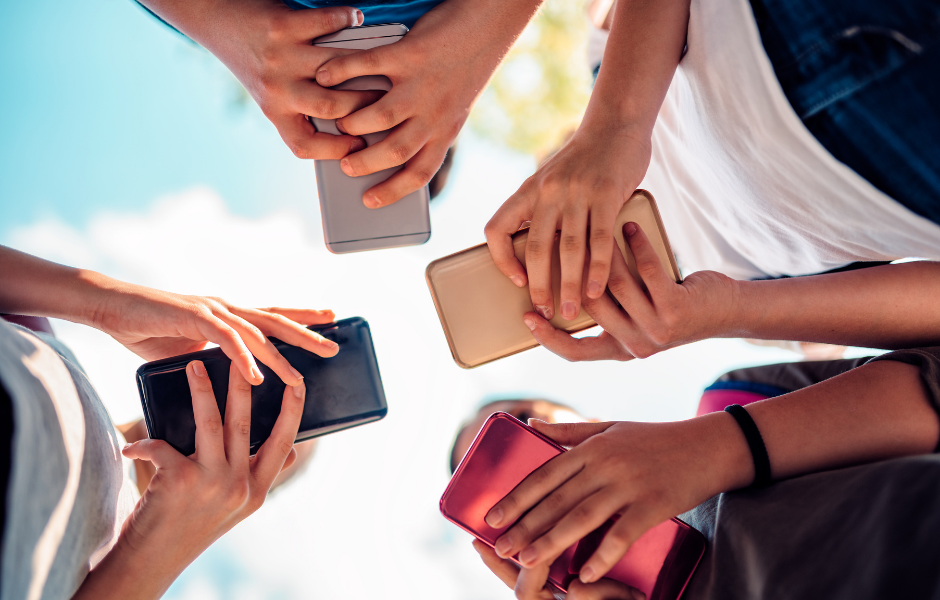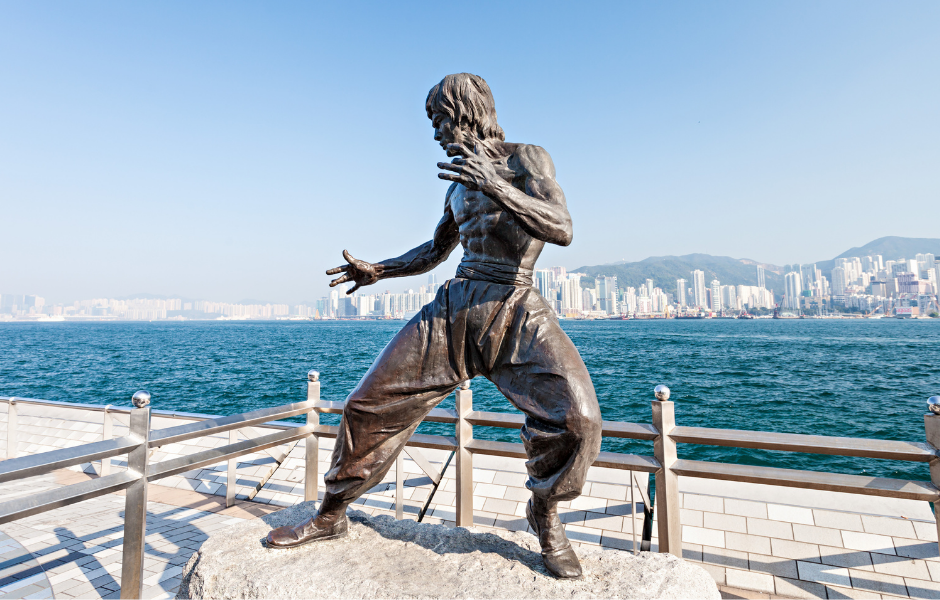
This children’s article, A kid’s guide to virtual reality, and what you can do in it, has been written for native English speakers and learners of English as a second or foreign language. It can help children practise reading and comprehension, learn useful vocabulary, and explore how virtual reality works and how it’s used around the world. Written by Sinead O’Carroll, an experienced teacher and writer.
A new way to see the world
Virtual reality, or VR, is a type of technology that lets you experience places and things that are not really there. You wear a special headset over your eyes. It shows you a computer-made world that moves when you move, so it feels like you’re inside it.
Some VR headsets also use sound and handheld controls, so you can hear things around you or move objects with your hands.
What can you do in virtual reality?
Virtual reality is often used for games, where you might fly through space, explore a jungle, or become a robot chef. It’s exciting because it feels like you’re really there.
VR is not just for fun. People use it to:
- Practise flying planes
- Visit famous places without leaving home
- Learn how to do science experiments
- Explore inside the human body
- Train doctors, builders, or firefighters
Schools and museums sometimes use VR to make learning more interesting. You could walk through ancient Egypt or dive deep into the ocean, without getting wet!
How does VR work?
A VR headset has small screens inside it, one for each eye. These screens show slightly different images, just like your real eyes do. Your brain puts the pictures together to create the feeling of 3D space.
The headset can track how your head moves. If you turn left, the scene moves left too. This makes the experience feel more real.
Some VR systems use hand controllers. Others let you walk around in a room, so your whole body is part of the experience.
Is virtual reality the same as a video game?
Not quite. Video games are usually played on a screen in front of you. In VR, you are inside the world of the game or experience. You can look all around you, even behind you, just like in real life.
How might people use VR in the future?
Virtual reality is still growing and changing. In the future, it might be used to help with work, learning, or staying in touch with friends. Some people are building large online spaces where people can meet, play, or create things together — this is sometimes called the “metaverse.”
VR can be fun and useful, but it’s not meant to replace real life. It’s just one more way people might explore the world or solve problems with technology.
You can learn more about VR from this guide by Tech Target.
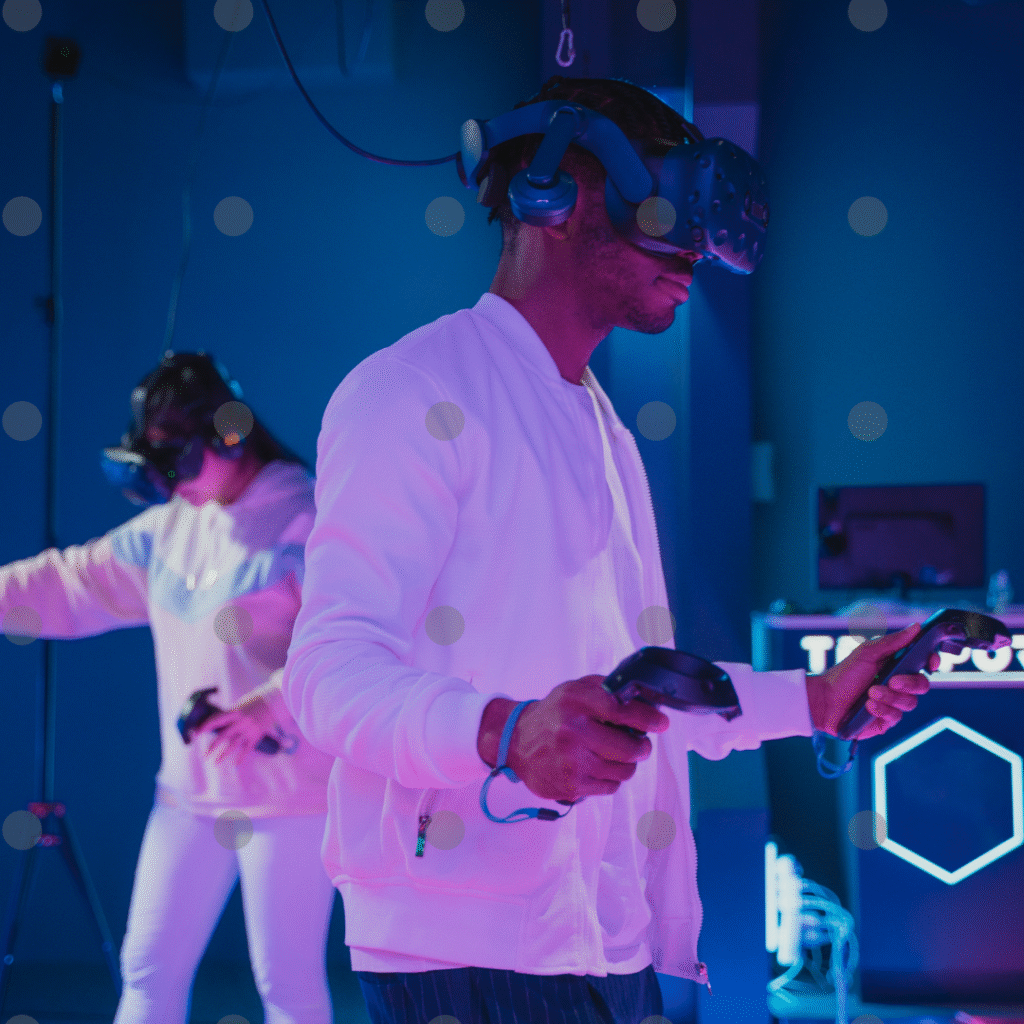
Article vocabulary list
- Virtual reality – A computer-made world that you can see and explore using special equipment
- Headset – A device you wear on your head to see or hear something
- Experience – Something you feel or take part in
- Track – To follow or notice how something moves
- 3D – Short for “three-dimensional”; something that looks like it has height, width, and depth
- Controllers – Handheld tools used to move or interact in a game or program
- Metaverse – A shared online space where people can meet and do things using digital avatars
- Explore – To look around and discover new things
Comprehension questions
Just click the plus (+) to see the answer
1. What do you wear to see a virtual world?
a) A pair of glasses
b) A headset
c) A helmet
Answer: b) A headset
2. What does “VR” stand for?
Answer: Virtual reality
3. Which of these is NOT a way people use VR?
a) Learning to fly a plane
b) Cooking real food
c) Exploring the ocean
Answer: b) Cooking real food
4. How does VR feel different from a normal video game?
Answer: In VR, you feel like you are inside the game, not just watching it on a screen.
5. What do the small screens inside the headset do?
a) Show movies
b) Show two slightly different images
c) Record your eyes
Answer: b) Show two slightly different images
6. What is the “metaverse”?
a) A type of science book
b) A real-life city
c) An online space people can explore together
Answer: c) An online space people can explore together
Sinead is a writer and EFL teacher with eight years’ experience. She’s a native English speaker who loves making news stories fun and easy to understand for children around the world. Her passions include travel, animals, and helping to make the world a kinder, more sustainable place.

